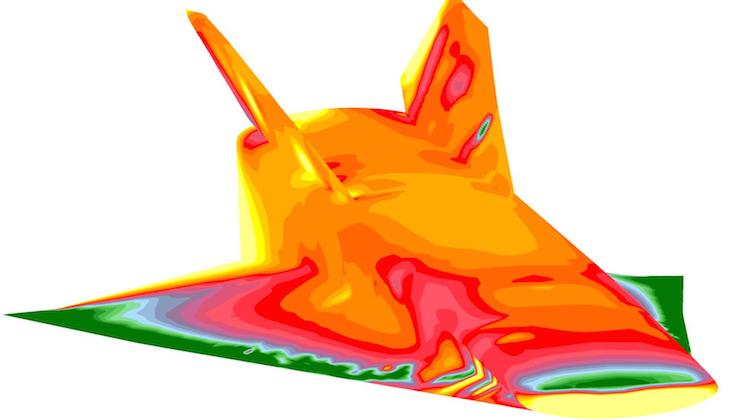The European Space Agency says two Australian PhD researchers will join its Hexafly-Int project team looking at developing civil aircraft that are able to fly at hypersonic speeds.
The two aeronautical engineering researchers from the University of Sydney, David Munk and Jonathan Jeyaratnam, are looking at the structural and aerodynamic design required for civil aircraft capable of flying between Sydney and Brussels in two hours and at a speed of seven times the speed of sound.
Munk said his engineering PhD thesis was looking at ways of developing novel structural designs for aircraft that could support the high temperature of hypersonic flight.
“An aircraft experiences high thermal stresses and a significant reduction in material strength and stiffness when it is taking off or flying at supersonic speeds,” Munk said in a statement.
“To combat this reduction in strength and rigidity I am designing an optimal algorithm that will determine the best structural layout for such craft.”
The Hexafly-Int project is a collaboration of international partners, including the University of Sydney, University of NSW and University of Southern Queensland from Australia, as well as universities and industry players from around the world.
The University of Sydney said in a statement on Wednesday the Hexafly-Int project had a budget of A$33 million.
The prime objectives of the project, according to the Hexafly-Int website, was to come up with a conceptual design for demonstrating high aerodynamic efficiency in combination with high internal volume, achieve a gliding flight at cruise Mach 7 or Mach 8 in a controlled way, make optimal use of advanced high-temperature materials and/or structures, and finally evaluate a sonic boom.
“The vehicle design, manufacturing, assembly and verification will be the main driver and challenge in HEXAFLY-INTernational in combination with a mission profile,” the website said.
Jeyaratnam said he was looking at the how the aerodynamic design of any hypersonic aircraft would handle the low-speed flows experienced at takeoff and landing.
“The aerodynamics of a hypersonic plane is very different to a standard civil aircraft” Jeyaratnam said.
“I’m looking at the variation in the sizing, positioning and dihedral (upward) angle of the vertical tail to find out if their positioning can improve the lateral stability but not compromise performance of a craft that travels at Mach 7.
“I think perhaps an extension of the outboard portion of the wings at the tail may improve the stability of the vehicle at low speed and also improve performance.”
A low-speed model will be built for testing at the University of Sydney’s Marulan airstrip, the University said.
















